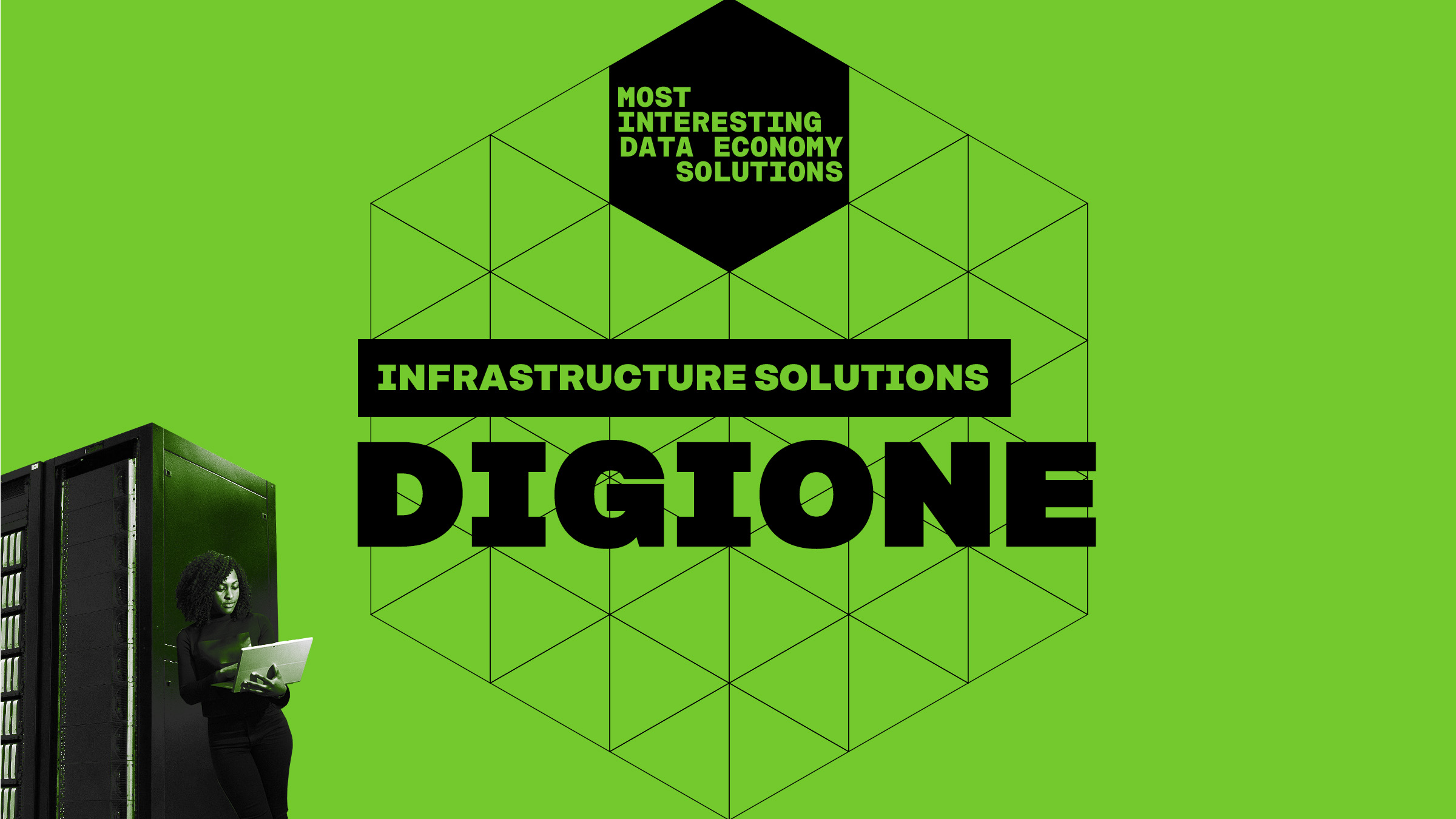In a 5th grade Finnish class, upper and lowercase letters are discussed. The school in question uses a learning environment for teaching Finnish, which the teacher has decided to use during the lesson. Information about the learning group is automatically transferred there, and the learners start doing assignments on the platform.
Information about the progress of the assignments is automatically transferred from the learning platform back to the learner and teacher. The teacher monitors how the learners in the group performed – and whether someone is at risk of falling behind.
This is just one example of how learners, teachers and parents will be able to use DigiOne in the future.
“When information flows between different systems, learning objectives and assessment, become visible not only to the teacher but also to learners and parents,” says Kirsi Lehto, DigiOne Project Director at the City of Vantaa.
DigiOne is a service platform developed by cities of Vantaa, Espoo, Jyväskylä, Lahti, Oulu, Tampere and Turku and Kuntien Tiera (a national company owned by municipal organisations that offers ICT services and digital and ICT solutions) for their own use and that of other interested municipalities. The purpose of the platform, which is in the pilot phase, is to bring together the information, systems and services used by teachers, learners, principals, parents and school administration in comprehensive and upper secondary schools.
Teachers, principals and administrators gain time for essential things
The municipal project was prompted by dissatisfaction. According to Lehto, teaching uses a number of systems in which information gets stuck. Its manual transfer from one place to another is always takes time away from teaching or planning.
“We want to make everyday life easier by developing a user-friendly platform that brings together the services the user needs. When it is introduced, it will make everyday life at the school easier,” Lehto says.
Through DigiOne, parents will find out about their child’s absences, see their timetable and communicate with teachers. The teacher plans teaching, conducts assessments, communicates with different parties and monitors the needs of learners.
“The teacher’s daily work is made easier, for example, by the objectives set in the curriculum, which are digitally imported into DigiOne. When it becomes easier to plan lessons according to the objectives, time will be freed up for meeting and helping youngsters,” Lehto promises.
Using information from learning, teachers can target support to those who need it. With the help of information transferred between systems, teachers and, for example, classroom supervisors can identify problem situations or signals indicating them at an early stage. This information on learning, support needs and absences can only be seen in schools by those who have been assigned the right to do so on behalf of their work.
“For example, we can prevent situations where a high school student’s graduation is threatened by the non-completion of a single course if it is discovered too late,” Lehto says.
The use of automation is new to education systems. For example, AI suggests timetables to the rector instead of planning them manually.
“At present, the rector may spend several weeks a year making timetables. Automation frees up working time for pedagogical management and supporting teachers,” says Lehto.
Collaboration between municipalities and companies providing educational services will become easier
In the past, learners may have had to log in to each system separately, but in the future, they will be able to access the services and information they use by logging in to DigiOne.
An entire education collaborative network, or ecosystem Data ecosystem Several data networks can form a data ecosystem, “a network of networks”, in which the members collaborate with each other to share and use data, as well as to boost innovation and new businesses. Open term page Data ecosystem , is being built around DigiOne, bringing together those involved in the school environment, research institutions, publishers of educational materials and creators of learning environments.
The ground rules for the use of data are currently being defined. Access rights and agreements with operators carefully manage access to user data.
“Cooperation between municipalities, such as common agreements and conditions, facilitates DigiOne’s data protection work. In addition, companies joining the ecosystem do not need to build interfaces and create agreements with each municipality separately,” Lehto describes.
In the future, Lehto says, data related to pupil groups, learners and learning could be used in anonymised form, for example, in research and the development of new services, which would promote learning and increase the well-being of children, young people and those teaching them.
“The project is only a starting point for future work. The shared model of the DigiOne municipalities opens up opportunities for automation, the use of AI and co-creation,” says Lehto.


